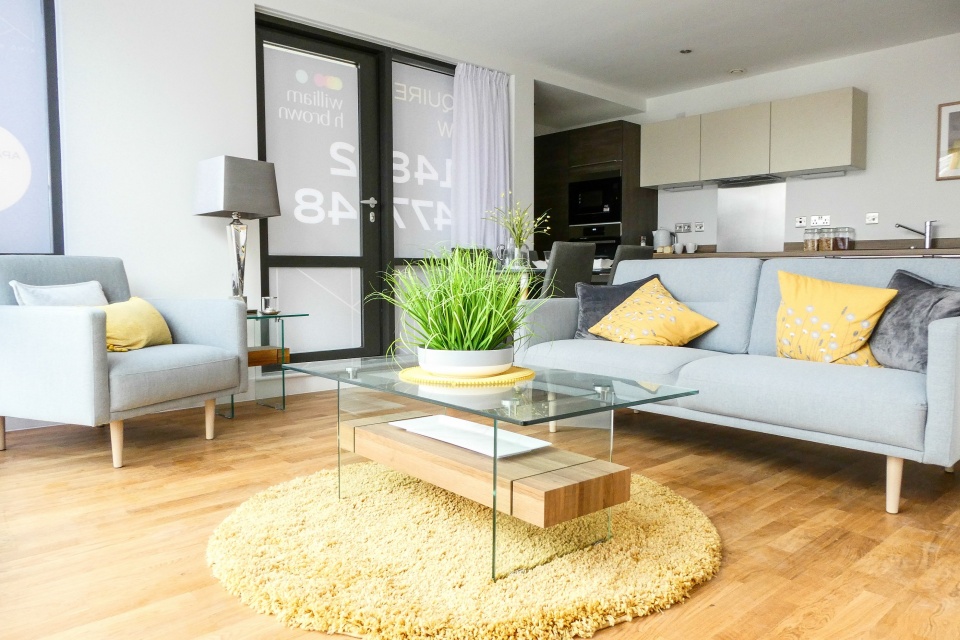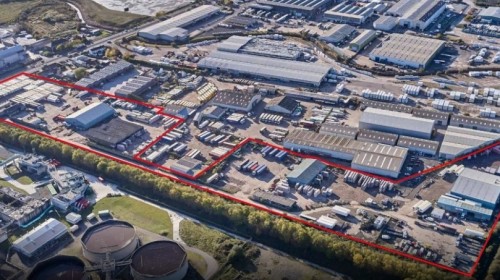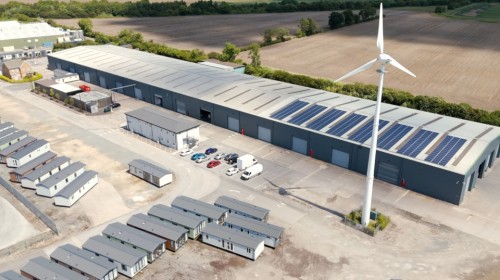
By Paul White, Agency Director, Garness Jones
Affordable housing continues to be in great demand.
As a leading commercial and residential property agent in Hull, we certainly know this to be the case in the Humber region.
Not surprisingly, it’s a situation that’s mirrored in Leeds, London and across many other parts of the UK.
Even before the Covid-19 crisis struck and altered working patterns for the foreseeable future, some landlords were already looking at alternative uses for properties which have always traditionally provided office space.
Now, commercial property owners and investors are looking for new ways to maximise the available returns from buildings they own, and they are being given more support to do so.
Permitted Development Rights (PDR) were first introduced in 2013, but new regulations came into force on 1 August 2020 under which the change of use from office (formerly B1) to residential (C3) has now become a very viable solution.
If you’d like to freshen up an office or retail portfolio, this guide will explore how to convert office to residential housing under permitted development rights.
What are Permitted Development Rights?
Permitted Development Rights (PDR) give property owners the right to develop their premises without applying for planning permission.
If you want to convert office buildings to residential use, PDR will allow you to do this – as long as you meet certain obligations.
Since PDRs were permanently confirmed, new building ‘classes’ have been established to provide more flexibility for converting commercial premises into residential developments.
In our experience, the most successful housing schemes created through this conversion method have been carefully thought through with every element planned in the greatest of detail.
One such project which immediately springs to mind is ‘The Glass House’ development in our home city of Hull. The former police station in Queen’s Gardens has been converted into 94 apartments with a high-spec finish, which benefit from exclusive access to a gym, cinema and function room.
What factors are needed to be a success?
The conversion of office to residential use has often been criticised for failing to create high-quality housing that’s fit for purpose.
But if the right expertise is enlisted at the beginning of a project, we believe developers can deliver a scheme that’s profitable for all parties.
The key areas to consider are:
• Quality – Are all the rooms habitable and do they have windows?
• Location – Is it in an appropriate area or near to amenities?
• Size – Does it comply with the Nationally Described Space Standards?
• Light – Have basic light and ventilation standards been adhered to?
At Garness Jones, we work in partnership with developers to source suitable properties that are perfect for conversion under PDR.
We also encourage them to create schemes which exceed minimum space standards and enhance the existing urban areas where they are located.
Why is space and safety so important?
Unfortunately, not all developers adopt an ethical approach to Permitted Development Rights when completing an office to residential conversion.
While office to residential conversions do NOT require planning permission, every development should conform to the Nationally Described Space Standards (NDSS), an optional requirement designed to ensure that sufficient space has been allocated for storage, bathrooms, sleeping and food preparation.
The Government has also introduced a mandatory Housing Health and Safety Rating System (HHSRS). This states that a habitable dwelling should provide a safe and healthy environment, which is free from unnecessary and avoidable hazards.
In our experience, local authorities are now confident that they can challenge conversions which fail to meet the HHSRS standards.
Having worked with architects and planning consultants on converting offices to flats, we regularly advise developers that they MUST comply with the Homes (Fitness for Human Habitation) Act 2018 – whilst trying to achieve the maximum number of units.
This additional criterion clearly sets out the ‘crowding and space’ standards that you have to abide by, at the same time as providing adequate facilities for living and food preparation.
Fail to comply with this new law and the landlord could be taken to court by a tenant who believes their home is unfit for human habitation.
Does my conversion need a ‘Prior Approval’ Application?
Before launching any project, it’s a good idea to check with the local Council to see if Article 4 applies to the site where it’s located.
If you fail to do this, the development runs the risk of being rejected under an Article 4 Direction – and you’ll then need to formally apply for planning permission.
Prior to any conversion, you MUST submit a prior approval application which includes:
• A full set of drawings
• Transport and highway impact survey
• Contamination and flood risks assessment
• Noise implications report
If you provide sufficient supporting documentation to prove your property complies with the ‘prior approval’ scheme, the local council cannot apply any other planning policies.
Once the ‘prior approval’ application has been submitted to the council (using a proven formula), they then have 56 days in which to make a decision.
Should no problems or objections arise, permission will be granted to convert your office building into residential homes under the 2020 PDR laws.
However, it's worth remembering that it is ONLY the change of use that's permitted, not the conversion itself. So, if you need to remove walls or extend the footprint of the building, planning permission may still be required.
How we help convert office space to residential
At Garness Jones, we work in partnership with developers to submit a ‘prior approval’ application that meets the recommended guidelines AND maximises the number of units.
Successfully securing ‘prior approval’ makes it easier and quicker to convert offices into living spaces in a way which will optimise return on investment.
In Hull, the conversion of King William House from a 1970s office block into 30 luxury apartments shows just what can be achieved if developers take a proactive approach to conversion.
In recent months, we’ve also helped to convert retail outlets into residential accommodation and turned an office into a gym without the need for full planning permission.
If you’re unsure about the updated Permitted Development Regulations, or how it could affect your project, please don’t hesitate to get in touch.
Our experts will happily explain how to convert office space to residential – call 01482 564564 for an informal discussion.








